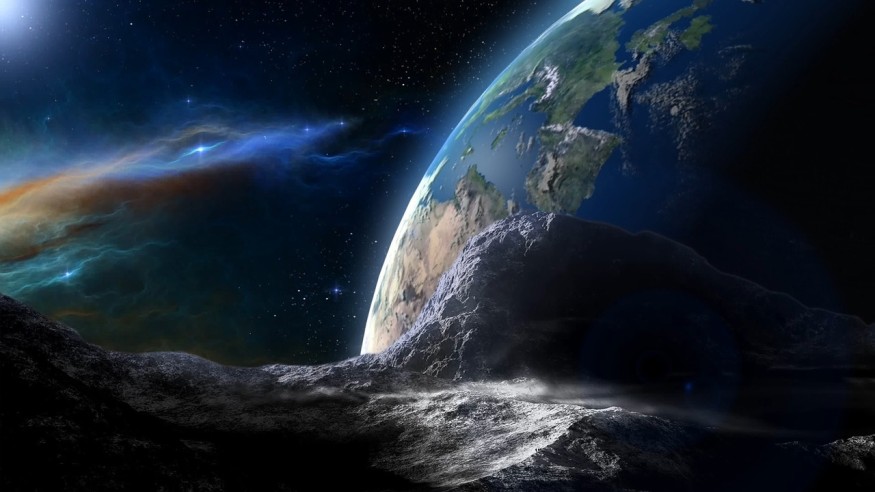An Eiffel Tower-sized asteroid called 2006 HV5 will fly by Earth next week. This means there is a high probability that the space rock will not hit our planet, based on estimates by astronomers.
Asteroid 2006 HV5

Asteroid 2006 HV5 is expected to pass our planet at an approximate speed of 38,922 miles per hour on Wednesday, April 26, according to the Center for Near-Earth Object Studies (CNEOS), under the National Aeronautics and Space Administration (NASA), Newsweek reported.
The asteroid has a size of 1,300 feet in diameter, comparable to the 1,100 heights of the Eiffel Tower. Traveling 22 times the speed of a bullet, the celestial object is anticipated to only make a close encounter with our planet at a distance of 1.5 million miles or 6.3 lunar distances, which is based on the proximity between the Earth and the Moon.
Potentially Hazardous Asteroids
For years, astronomers have used certain parameters to determine the threat level of Near-Earth Objects (NEOs), which includes Near-Earth Comets (NECs) and Near-Earth Asteroids (NEAs). The basis of such classification is based on the relative distance of an approaching space object with Earth and its neighboring celestial bodies like Mars and the Moon.
As mentioned earlier, while some of these passing NEOs have a distance with our planet of approximately more or less a million miles or more, such proximity still cannot be ignored and is still significant in terms of astronomical terms. With these, NEAs that are deemed by astronomers close to Earth or having the potential to hit our planet are called Potentially Hazardous Asteroids (PHAs).
According to NASA, PHAs are defined based on measurements of the asteroid's potential to engage in threatening close approaches to Earth. Specifically, all asteroids with a minimum distance of 0.05 astronomical units (au) or less and an absolute magnitude of 22.0 or less are considered PHAs.
What is the Asteroid Belt?
Asteroids, regardless of size, are expected to flyby or hit Earth in the long-term future not because our Blue Planet always attracts them, but simply they are clustered together in a certain region of our solar system called the Asteroid Belt, which is located between the orbits of Mars and Jupiter, as well as centers around the Sun.
For decades, astronomers consider asteroids as rocky remnants from the formation of our solar system billions of years ago. These space objects are also thought to be materials that were never able to form into a planet or debris of a planet that broke apart a very long time ago, according to the California Institute of Technology (Caltech).
Historic Asteroid Strikes
Not all asteroids that struck Earth came from the Asteroid Belt, according to available scientific evidence and theoretical approximations by scientists.
For instance, the Chicxulub impactor, also known as the Chicxulub asteroid, that wiped out all non-avian dinosaurs and most life on Earth 66 million years ago was long-thought to have come from the Asteroid Belt.
However, researchers at Harvard University in a new study reported in 2021 that the space rock may have been a comet that came from the Oort cloud, another region in space located at the edge of our solar system, as cited by the BBC Science Focus site.
Based on the report, the powerful gravitational pull of Jupiter may have diverted the dinosaur-killing comet into Earth.
© 2025 NatureWorldNews.com All rights reserved. Do not reproduce without permission.





